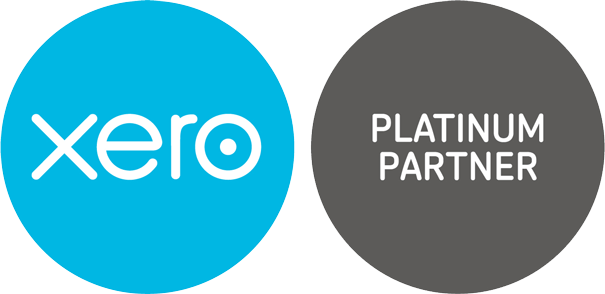News
Getting to grips with the new National Insurance and Dividend Tax Rates
21 April 2022
National Insurance and Dividend Tax rates have increased by 1.25 percentage points as of 6 April, as part of the new Health and Social Care levy.
These changes have brought additional complications to the payments of National Insurance Contributions (NICs) and dividends that businesses are just getting to grips with.
How have NICs changed as a result of the increase?
The 1.25 percentage point increase in NI affects the contributions made by employees, employers and the majority of self-employed workers.
While the move will help to raise more than £12 billion for the NHS and social care system, it will mean that businesses face a sudden rise in their employment costs this month.
The increase in NICs will initially affect everyone over the age of 16, but below the state pension age, earning more than £190 per week through employment (rising to £242 from July 2022) or with profits of £9,880 or more a year in self-employment (rising to £12,570 from July 2022).
The 1.25 percentage point increase also applies to employer NICs, minus any reliefs that a business may be entitled to.
The increase will not apply to Class 2 NICs, which is the flat rate paid by the self-employed with profits above the Small Profits Threshold or Class 3 NICs, made up of voluntary contributions from taxpayers to fill in gaps in their contributions’ records to qualify for benefits.
How are dividends changing?
Most businesses have favoured a balanced pay strategy for directors, which saw a larger proportion of their income paid through dividends versus a regular salary, to reduce the amount of tax and NICs the business is liable for.
Dividends are paid out of a company’s profits to its shareholders and every individual also benefits from a £2,000 tax-free allowance for dividend income.
Any dividends over this amount are taxed at different amounts depending on a person’s marginal rate.
Businesses do not pay any NICs on dividends, providing a clear benefit to the company.
Before the increase in the Dividend Tax rate, most people were taxed as follows:
- Basic rate – 7.5 per cent
- Higher rate – 32.5 per cent
- Additional rate – 38.1 per cent
However, as of the start of the new tax year, these rates are now as follows:
- Basic rate – 8.75 per cent
- Higher rate – 33.75 per cent
- Additional rate – 39.35 per cent
From an employer’s NIC perspective, paying out more in dividends may make more sense given the upcoming changes.
However, those in receipt of dividends may not be as happy as it could affect how their income is taxed.
What about the changes to the NIC thresholds?
To soften the blow of the increase to NI rates, the Chancellor announced in his Spring Statement that the Primary Threshold (PT) – the point at which employees start paying National Insurance – will increase by £3,000 from July to bring it in line with the personal tax allowance of £12,570, which is the rate at which workers begin to pay income tax.
The change does not affect the Secondary Threshold, which is the point at which Employers start paying National Insurance Contributions (NIC). This will remain the same.
However, the Chancellor has extended the annual Employment Allowance to eligible businesses (those with employers’ Class 1 National Insurance liabilities that are less than £100,000 in the previous tax year) by an additional £1,000 a year to £5,000.
The Treasury has said that the changes to thresholds will help cut up to £6 billion worth of NICs – cutting the NIC bill for the ‘typical employee’ by around £330 a year.
Although this does represent a saving, in reality, much of this ‘tax cut’ is taken up by the rise in NI rates.
Links: Four things to know about National Insurance contributions and the April increase
Case Studies
-

Cut above the rest in personal management style
-

Taxing demands with old school charm
-
Child's play with proactive accounts management
-

Customer care is top of the list for packaging business
-

Sometimes a business does exactly as it says on the tin
-

Smiles all round for dental practice
-

A taste for growth, a thirst for knowledge
-

A modern approach required for music moguls
-

A shared passion for architecture and a head for numbers


